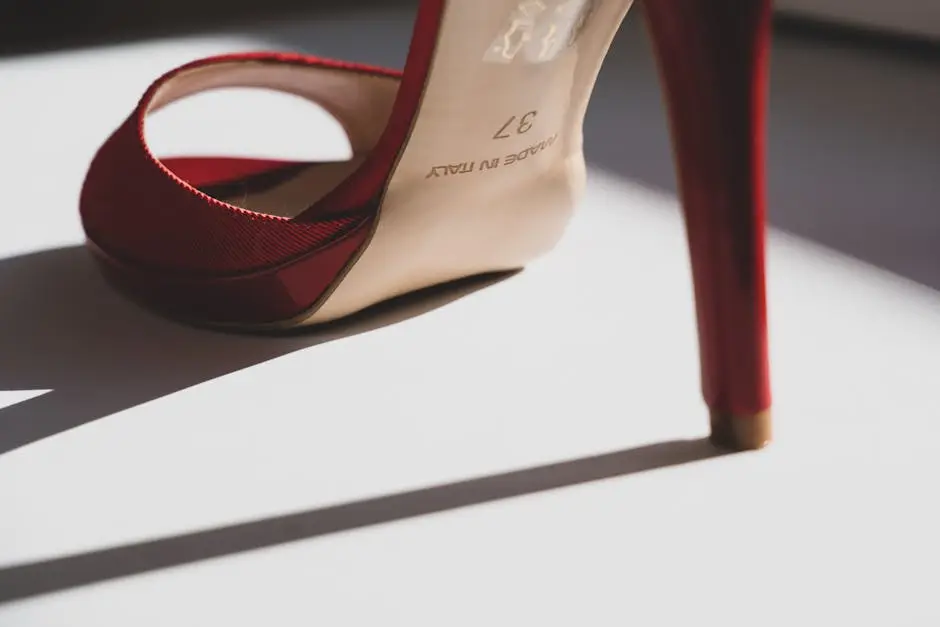The Italian stiletto is a strikingly unique dagger, often noted for its elegance and design. In this FAQ, we will explore the specific characteristics that distinguish the Italian stiletto from other types of daggers, shedding light on its historical significance, design features, and intended uses.
Historical Background of the Italian Stiletto
The Italian stiletto has a rich history that dates back to the late Middle Ages. Originally designed as a clandestine weapon, it served both practical and symbolic purposes in the tumultuous socio-political climate of the time.
Its roots lie in Italy, where it was popular among nobility and the lower classes alike. This dagger gained a reputation as a versatile tool used for both self-defense and as a tool in various trades, reflecting the resourcefulness of its users.
The stiletto became especially prominent during the Renaissance, a period that valued artistry and craftsmanship. Blacksmiths meticulously created these weapons, which were not only functional but also aesthetically pleasing.
Over the centuries, the Italian stiletto evolved, and by the 19th century, it was firmly entrenched in popular culture as both a weapon and a symbol of the Italian spirit.
Distinctive Design Features of the Italian Stiletto
One of the most striking features of the Italian stiletto is its slender and tapered blade. This design allows for quick, precise thrusts, which is ideal for stealthy attacks. Unlike broader blades found in many other daggers, the stiletto’s shape makes it less noticeable and easier to conceal.
The blade is typically double-edged, offering versatility in combat by allowing for cutting and stabbing motions. Its length can vary, but it generally ranges from 7 to 12 inches, striking a balance between maneuverability and reach.
Another distinctive feature is the crossguard. Italian stilettos often have minimal or no crossguard, which contributes to their sleek silhouette. This makes them look elegant and facilitates a secure grip during use.
Additionally, the materials used in crafting the stiletto vary, with high-carbon steel favored for the blade. Handles can be made from wood, bone, or even ornate metals, adding to the overall aesthetic appeal of each piece.
Comparative Analysis with Other Types of Daggers
When comparing the Italian stiletto to other daggers, such as the dirk or the bowie knife, several key differences emerge. While the dirk, often associated with Scottish culture, features a wider blade and is more suited for slashing, the stiletto excels in thrusting capabilities.
Unlike the tactical bowie knife, which is designed for combat and survival situations, the Italian stiletto’s primary function was originally stealth. It is this unique thrusting focus that sets it apart as a distinct type of dagger.
Moreover, the historical context also plays a significant role. For instance, the Italian stiletto was frequently used by assassins and spies, viewed as a tool of choice for stealthy maneuvers, while other daggers had broader battlefield applications.
Common Uses and Significance of the Italian Stiletto
Historically, the Italian stiletto was used for assassination, earning a reputation as the ‘weapon of choice’ for those requiring discreet, silent options. Its design made it perfect for surprise attacks, allowing for stealthy maneuvers.
In contemporary times, while the uses have shifted significantly, the Italian stiletto remains a popular collector’s item. Many enthusiasts appreciate its historical significance and craftsmanship, creating a vibrant market for both authentic and reproductions.
Additionally, the stiletto holds cultural significance, often representing the rebellious spirit of Italy. Its legacy endures not only in weaponry but also within art and literature, embodying themes of elegance, danger, and intrigue.
In modern practice, self-defense scenarios sometimes involve the stiletto, though today’s legality varies widely across regions. Many people choose it more as a decorative piece or a display of craftsmanship rather than for actual use.
Final Thoughts on the Italian Stiletto
Understanding the differences between the Italian stiletto and other daggers not only enriches our appreciation for this iconic weapon but also enhances our knowledge of historical blade design and functionality. Whether for collectors, enthusiasts, or the curious, the Italian stiletto continues to intrigue and captivate.

